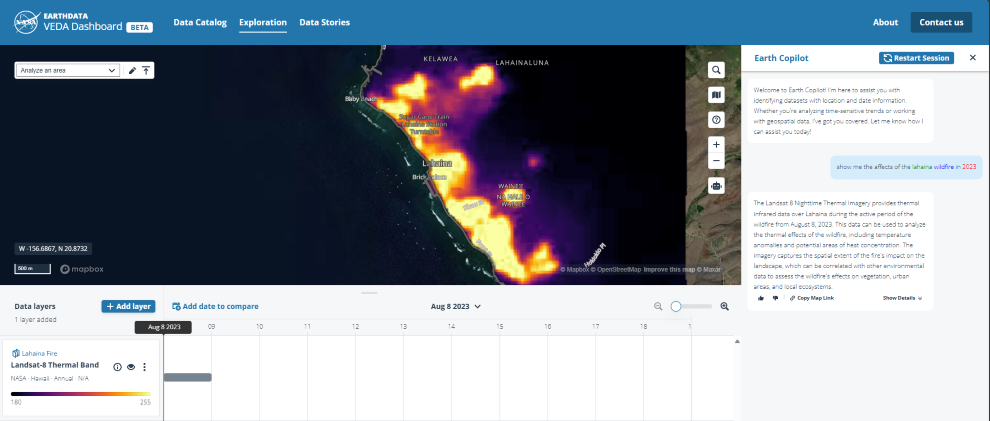Comprehensive coverage and cost-savings with Microsoft Sentinel’s new data tier
As digital environments grow across platforms and clouds, organizations are faced with the dual challenges of collecting relevant security data to improve protection and optimizing costs of that data to meet budget limitations. Management complexity is also an issue as security teams work with diverse datasets to run on-demand investigations, proactive threat hunting, ad hoc queries and support long-term storage for audit and compliance purposes. Each log type requires specific data management strategies to support those use cases. To address these business needs, customers need a flexible SIEM (Security Information and Event Management) with multiple data tiers.
Microsoft is excited to announce the public preview of a new data tier Auxiliary Logs and Summary Rules in Microsoft Sentinel to further increase security coverage for high-volume data at an affordable price.
Auxiliary Logs supports high-volume data sources including network, proxy and firewall logs. Customers can get started today in preview with Auxiliary Logs today at no cost. We will notify users in advance before billing begins at $0.15 per Gb (US East). Initially Auxiliary Logs allow long term storage, however on-demand analysis is limited to the last 30 days. In addition, queries are on a single table only. Customers can continue to build custom solutions using Azure Data Explorer however the intention is that Auxiliary Logs cover most of those use-cases over time and are built into Microsoft Sentinel, so they include management capabilities.
Summary Rules further enhance the value of Auxiliary Logs. Summary Rules enable customers to easily aggregate data from Auxiliary Logs into a summary that can be routed to Analytics Logs for access to the full Microsoft Sentinel query feature set. The combination of Auxiliary logs and Summary rules enables security functions such as Indicator of Compromise (IOC) lookups, anomaly detection, and monitoring of unusual traffic patterns. Together, Auxiliary Logs and Summary Rules offer customers greater data flexibility, cost-efficiency, and comprehensive coverage.
Some of the key benefits of Auxiliary Logs and Summary Rules include:
Cost-effective coverage: Auxiliary Logs are ideal for ingesting large volumes of verbose logs at an affordable price-point. When there is a need for advanced security investigations or threat hunting, Summary Rules can aggregate and route Auxiliary Logs data to the Analytics Log tier delivering additional cost-savings and security value.
On-demand analysis: Auxiliary Logs supports 30 days of interactive queries with limited KQL, facilitating access and analysis of crucial security data for threat investigations.
Flexible retention and storage: Auxiliary Logs can be stored for up to 12 years in long-term retention. Access to these logs is available through running a search job.
Microsoft Sentinel’s multi-tier data ingestion and storage options
Microsoft is committed to providing customers with cost-effective, flexible options to manage their data at scale. Customers can choose from the different log plans in Microsoft Sentinel to meet their business needs. Data can be ingested as Analytics, Basic and Auxiliary Logs. Differentiating what data to ingest and where is crucial. We suggest categorizing security logs into primary and secondary data.
Primary logs (Analytics Logs): Contain data that is of critical security value and are utilized for real-time monitoring, alerts, and analytics. Examples include Endpoint Detection and Response (EDR) logs, authentication logs, audit trails from cloud platforms, Data Loss Prevention (DLP) logs, and threat intelligence.
Primary logs are usually monitored proactively, with scheduled alerts and analytics, to enable effective security detections.
In Microsoft Sentinel, these logs would be directed to Analytics Logs tables to leverage the full Microsoft Sentinel value.
Analytics Logs are available for 90 days to 2 years, with 12 years long-term retention option.
Secondary logs (Auxiliary Logs): Are verbose, low-value logs that contain limited security value but can help draw the full picture of a security incident or breach. They are not frequently used for deep analytics or alerts and are often accessed on-demand for ad-hoc querying, investigations, and search.
These include NetFlow, firewall, and proxy logs, and should be routed to Basic Logs or Auxiliary Logs.
Auxiliary logs are appropriate when using Log Stash, Cribl or similar for data transformation.
In the absence of transformation tools, Basic Logs are recommended.
Both Basic and Auxiliary Logs are available for 30 days, with long-term retention option of up to 12 years.
Additionally, for extensive ML, complex hunting tasks and frequent, extensive long-term retention customers have the choice of ADX. But this adds additional complexity and maintenance overhead.
Microsoft Sentinel’s native data tiering offers customers the flexibility to ingest, store and analyze all security data to meet their growing business needs.
Use case example: Auxiliary Logs and Summary Rules Coverage for Firewall Logs
Firewall event logs are a critical network log source for threat hunting and investigations. These logs can reveal abnormally large file transfers, volume and frequency of communication by a host, and port scanning. Firewall logs are also useful as a data source for various unstructured hunting techniques, such as stacking ephemeral ports or grouping and clustering different communication patterns.
In this scenario, organizations can now easily send all firewall logs to Auxiliary Logs at an affordable price point. In addition, customers can run a Summary Rule that creates scheduled aggregations and route them to the Analytics Logs tier. Analysts can use these aggregations for their day-to-day work and if they need to drill down, they can easily query the relevant records from Auxiliary Logs. Together Auxiliary Logs and Summary Rules help security teams use high volume, verbose logs to meet their security requirements while minimizing costs.
Figure 1: Ingest high volume, verbose firewall logs into an Auxiliary Logs table.
Figure 2: Create aggregated datasets on the verbose logs in Auxiliary Logs plan.
Customers are already finding value with Auxiliary Logs and Summary Rules as seen below:
“The BlueVoyant team enjoyed participating in the private preview for Auxiliary logs and are grateful Microsoft has created new ways to optimize log ingestion with Auxiliary logs. The new features enable us to transform data that is traditionally lower value into more insightful, searchable data.”
Mona Ghadiri
Senior Director of Product Management, BlueVoyant
“The Auxiliary Log is a perfect fusion of Basic Log and long-term retention, offering the best of
both worlds. When combined with Summary Rules, it effectively addresses various use cases for ingesting large volumes of logs into Microsoft Sentinel.”
Debac Manikandan
Senior Cybersecurity Engineer, DEFEND
Looking forward
Microsoft is committed to expanding the scenarios covered by Auxiliary Logs over time, including data transformation and standard tables, improved query performance at scale, billing and more. We are working closely with our customers to collect feedback and will continue to add more functionality. As always, we’d love to hear your thoughts.
Learn more
Log retention plans in Microsoft Sentinel | Microsoft Learn
Plan costs and understand pricing and billing – Microsoft Sentinel | Microsoft Learn
What’s new in Microsoft Sentinel | Microsoft Learn
Reduce costs for Microsoft Sentinel | Microsoft Learn
When to use Auxiliary Logs in Microsoft Sentinel | Microsoft Learn
Aggregate Microsoft Sentinel data with summary rules | Microsoft Learn
Microsoft Sentinel Pricing | Microsoft Azure
Microsoft Tech Community – Latest Blogs –Read More












